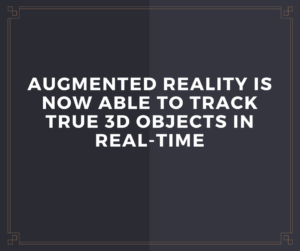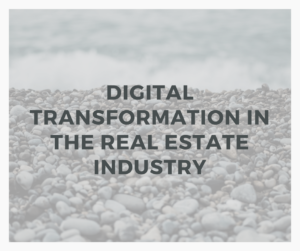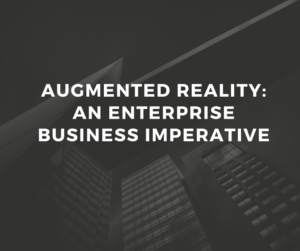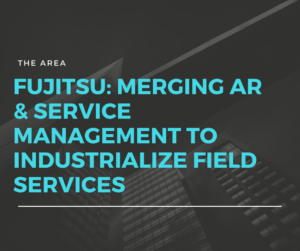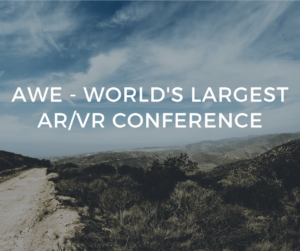While digital transformation has disrupted almost every type of business, the real estate industry has been traditionally slow to move with the times, until now, according to an article on Enterprise Innovation. The article draws upon comments from the recent Asia Pacific Leadership Symposium in Hong Kong organised by the Urban Land Institute (ULI) and by the World Economic Forum (WEF).
In areas ranging from computer-aided design, to development of new construction materials and technologies, to the use of Augmented-Reality marketing solutions, a long list of innovative new technologies is starting to gain traction, with potentially profound consequences for the industry.
The rise of Building Information Modelling (BIM)
One area that developers are more certain about is the potential of new software design tools to manage construction work.
The system gaining most traction is Building Information Modeling (BIM), which replaces traditional hardcopy blueprints with 3-D computer modeling. The system, combined with the easy availability of handheld devices allowing the concept to be applied onsite, gives it an advantage over legacy paper-based systems, helping architects and contractors to collaborate more easily and make on-the-fly alterations to existing designs.
BIM-built New Karolinska Hospital
The symposium discussed the construction of Sweden’s newly opened 12,000-room New Karolinska Hospital, the world’s largest public-private partnership hospital project to date. Its entire, very complex, design was executed using a BIM platform.
Post-construction, BIM is also being used at New Karolinska for handling overall facility management. As the hospital’s BIM model contains all construction data in a single plan, managers know immediately which materials are used in any part of the building, where all components are located, and exactly what part will be needed to repair any given equipment breakdown.
In addition, sensors have been embedded throughout the hospital structure to guide a fleet of 29 automated vehicles deployed to deal with a total of 1,600 deliveries daily throughout the facility, using BIM as an address book.
Prefabrication technology
Prefabrication is another well-established technology steadily growing in popularity. In Singapore, developers have been forced to accelerate adoption of prefab techniques because government policy requires builders to boost productivity in order to cut the number of foreign workers employed in the industry.
In Hong Kong, soaring labour costs have also made prefab an increasingly attractive option—although the relatively small size of the local market continues to pose challenges in terms of leveraging economies of scale. Elsewhere, though, the low cost of labour in Asia’s emerging economies means that prefabrication is generally seen as uncompetitive.
Obstacles to digital transformation
The symposium noted that there are a number of reasons why the pace of change in the real estate industry is slow:
- The useful life of buildings is long.
- Another bigger obstacle to progress is resistance from the status quo.
- Contractors reluctant to invest in new technology, even as tech costs continue to fall.
- Regulation remains the biggest roadblock to change. The high level of oversight in Asia’s construction industries is a result of a “need to ensure building safety, creating deep bureaucratic roots with a by-product of this culture being that widespread adoption of new technologies requires wholesale changes in existing building codes and approval processes”.
